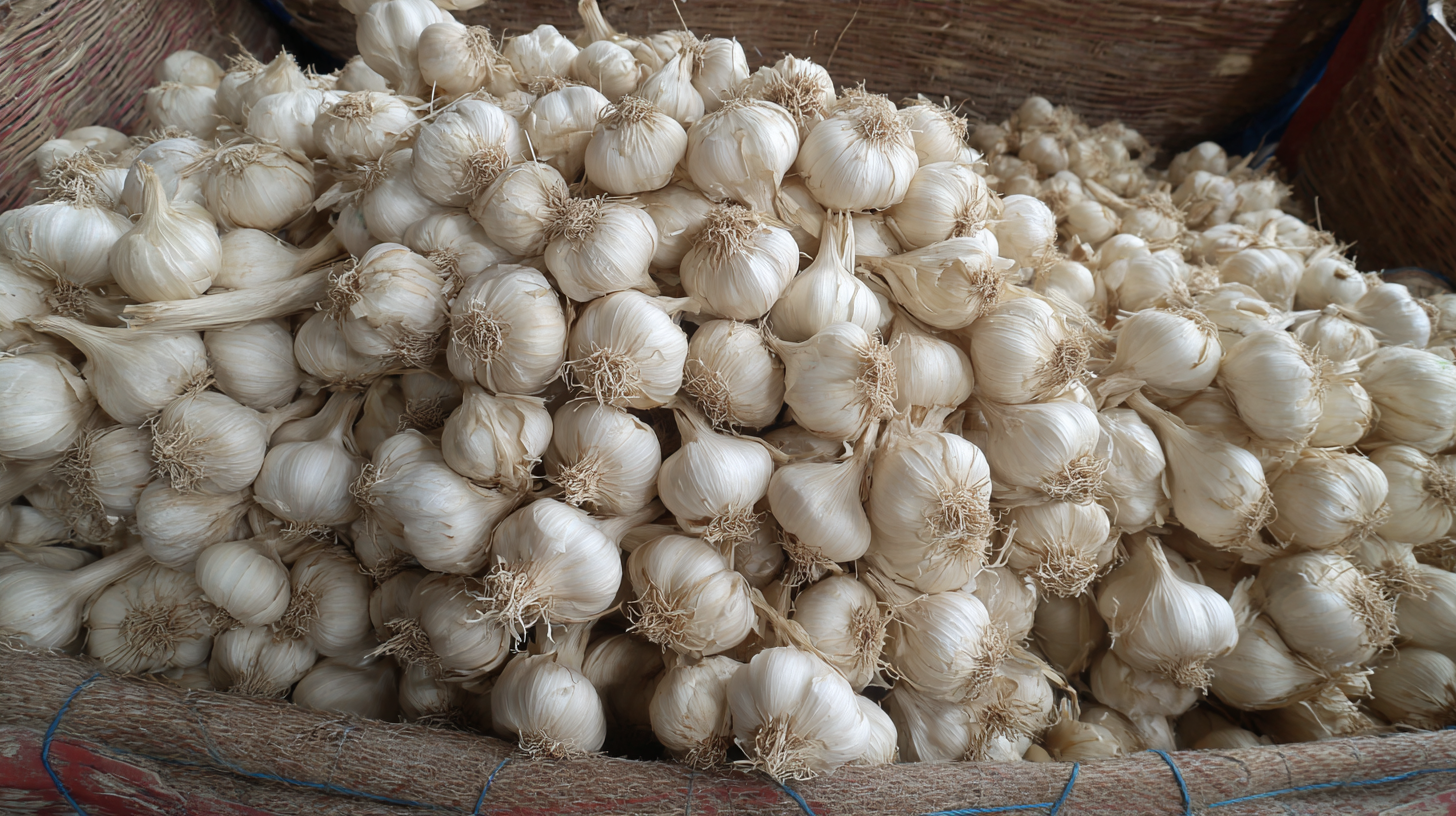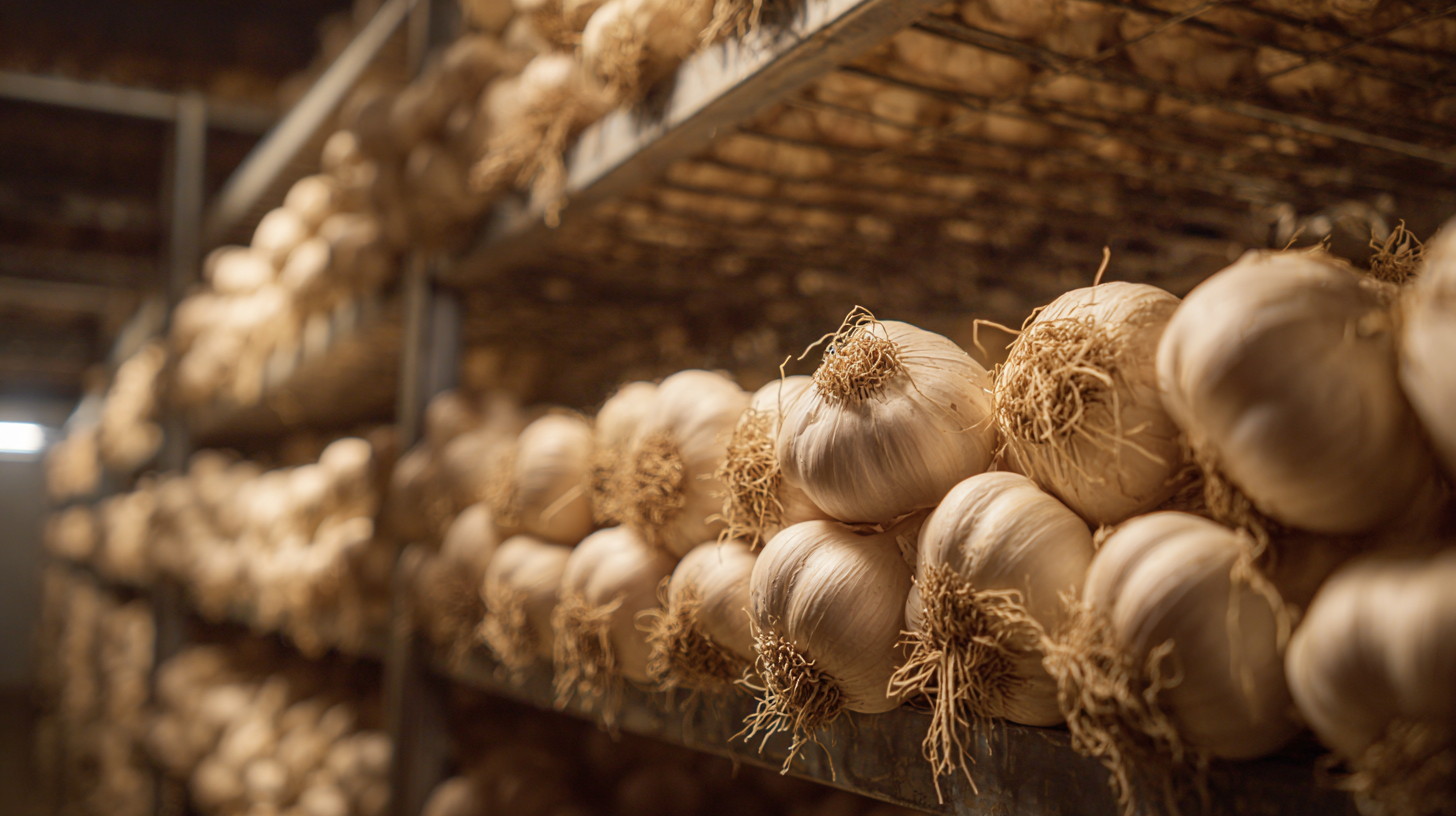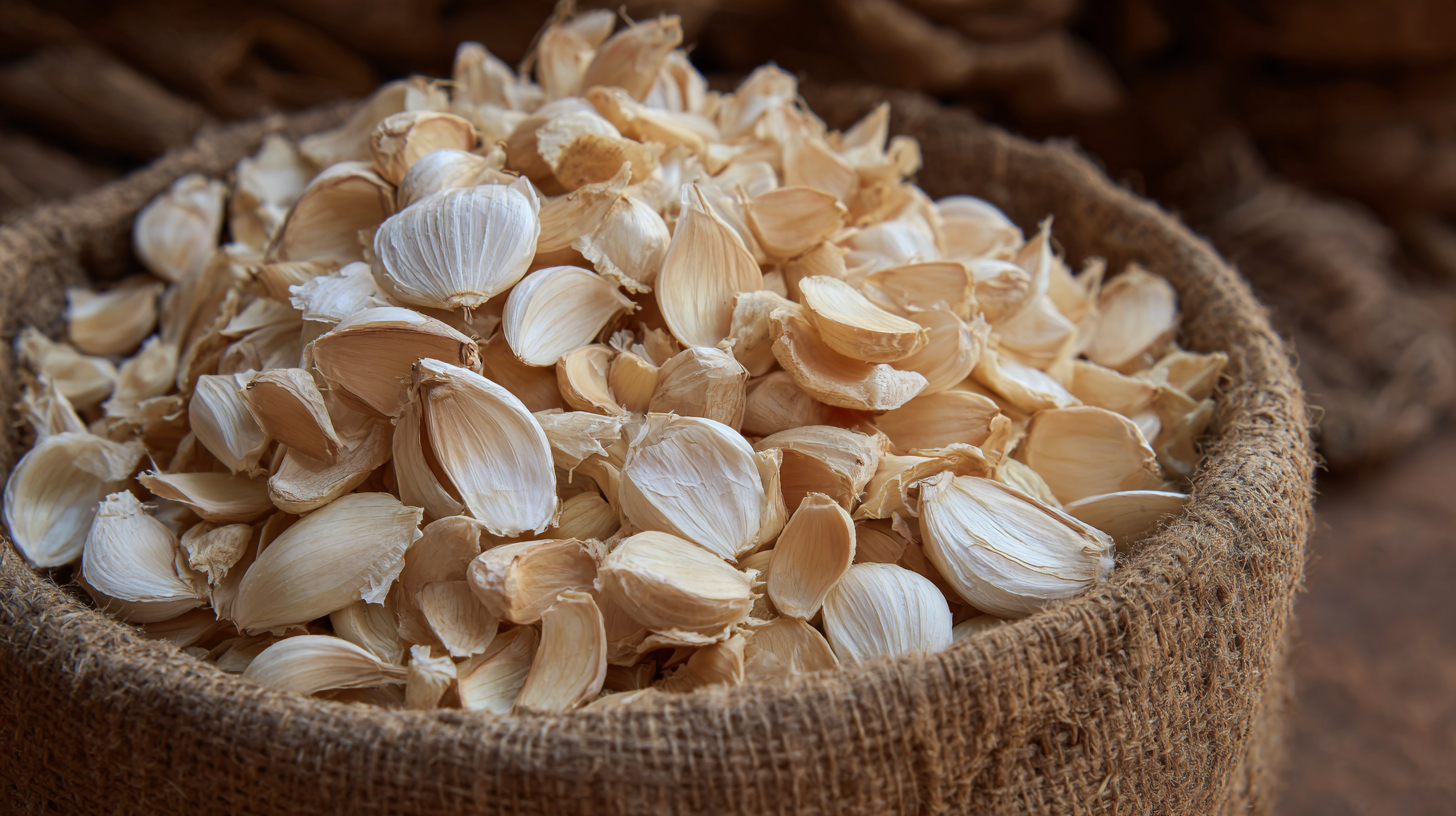In recent years, the global dried garlic market has experienced significant growth, driven by shifting consumer preferences towards natural flavor enhancers and the increasing recognition of garlic's health benefits. According to a report by Market Research Future, the dried garlic segment is projected to reach a valuation of USD 1.5 billion by 2025, growing at a CAGR of 4.5%. This surge underscores the importance for global buyers to understand the comprehensive technical specifications that differentiate various types of dried garlic products. From granulated to powdered forms, each type offers unique characteristics and applications that cater to a diverse range of culinary needs. As health-conscious consumers continue to seek out flavorful yet nutritious ingredients, unlocking the quality of dried garlic becomes imperative for suppliers aiming to meet the global demand while ensuring optimal flavor and quality in their offerings.

The quality of dried garlic primarily hinges on the variety of garlic used and the drying methods employed. According to a report by the International Institute of Garlic Research, there are over 600 varieties, with the most common being softneck and hardneck garlic. Softneck varieties, favored for their longer shelf life and higher yields, are often preferred for commercial dried garlic products. In contrast, hardneck varieties are celebrated for their robust flavor, making them a gourmet choice, albeit typically more expensive.
Different drying methods significantly influence the final product's flavor, texture, and nutritional profile. A comparative study from the Food Science Journal highlights that air-drying retains more volatile oils and antioxidants, leading to a stronger flavor profile. Freeze-drying, on the other hand, effectively preserves the garlic's nutritional integrity while offering a lightweight product, ideal for long-term storage. Market analysis indicates that consumers increasingly favor freeze-dried garlic due to its superior flavor retention and convenience, thus impacting their purchasing decisions. Understanding these nuances is crucial for global buyers looking to invest in high-quality dried garlic products.
This chart illustrates the quality ratings of different dried garlic varieties based on their drying methods. The comparison reveals how processing techniques influence overall quality.
Dried garlic is not just a flavorful ingredient but also a powerhouse of nutrition, offering a range of key vitamins and minerals that contribute to overall health. Rich in vitamin C, dried garlic supports immune function and helps in the absorption of iron, which is crucial for maintaining energy levels. Additionally, it contains significant amounts of vitamin B6, a vital nutrient for brain health and metabolism, making it an essential addition to a balanced diet.
Moreover, dried garlic boasts an impressive mineral profile, including manganese, which plays a role in bone formation and antioxidant defenses. It also provides notable levels of selenium, known for its protective effects against cellular damage. By incorporating dried garlic into meals, global buyers not only enhance flavor but also reap the numerous health benefits that come from its rich nutritional content. Understanding these attributes allows consumers to make informed decisions, ensuring they select the best dried garlic products that promote wellness.
The global market for dried garlic has seen a significant surge in demand, driven primarily by consumers' escalating preference for high-quality, natural ingredients. As health-conscious eating trends continue to flourish, buyers are gravitating towards products that promise authentic flavor and superior nutritional benefits. This shift is not just a fleeting moment; it reflects a broader awareness of the impact that food quality has on overall health and wellness. Consequently, producers are responding by enhancing their drying processes and adhering to stricter quality control measures, ensuring that their garlic retains its potent health properties.

Furthermore, consumer preferences are evolving, with a notable trend towards organic and sustainably sourced products. Buyers are now more inclined to seek suppliers who can provide transparent information about their sourcing practices, production methods, and quality certifications. This demand for transparency is reshaping the dried garlic market, compelling manufacturers to prioritize both product excellence and ethical practices. As global buyers expand their search for premium dried garlic, they are not only elevating culinary experiences but also supporting a sustainable food ecosystem.
When sourcing dried garlic, adhering to stringent quality control standards is paramount for global buyers. According to the International Organization for Standardization (ISO), the acceptable moisture content for dried garlic should not exceed 8%, as a higher moisture level can lead to mold growth and decreased shelf life. Properly dried garlic not only retains its valuable compounds, such as allicin, but also ensures maximum flavor and potency, making it a preferred choice for culinary and medicinal applications alike.
Moreover, buyers should be aware of the pungency levels of dried garlic, which are often measured in Scoville Heat Units (SHU). Reports from the Garlic Research Institute suggest that high-quality dried garlic should maintain a pungency level ranging from 3,000 to 5,500 SHU, indicating its effectiveness and suitability for various culinary uses. Additionally, the absence of contaminants, such as pesticide residues and heavy metals, is critical, with the Codex Alimentarius recommending strict testing protocols to ensure compliance with global safety standards. By focusing on these essential technical specifications, global buyers can confidently source premium dried garlic that meets their quality expectations.
| Specification | Details |
|---|---|
| Appearance | Uniform size, light brown color, free from foreign matter |
| Moisture Content | Maximum 8% |
| Sulfur Dioxide Content | Less than 10 ppm |
| Flavor | Strong characteristic garlic aroma and taste |
| Pesticide Residues | Must comply with national food safety standards |
| Packaged Weight | Available in 500g, 1kg, and bulk options |
| Shelf Life | 24 months if stored in a cool, dry place |
| Certifications | ISO, HACCP, FDA registered |
Sustainability practices in the dried garlic industry are gaining traction as global consumers increasingly prioritize ethical sourcing and environmental stewardship. According to a 2021 report by the Food and Agriculture Organization (FAO), about 30% of agricultural products, including garlic, are lost or wasted each year. This not only affects food security but also impacts the environment due to resource waste. Producers are now focusing on sustainable farming practices, including reduced pesticide usage and organic farming methods, to enhance both quality and sustainability.

Moreover, the environmental impact of dried garlic production is under scrutiny, particularly in water-scarce regions. A study published in the Journal of Cleaner Production revealed that traditional garlic cultivation can consume up to 500 liters of water per kilogram of garlic produced. To mitigate this, many suppliers are adopting drip irrigation and rainwater harvesting techniques, which can reduce water usage by up to 60%. As awareness grows, global buyers are increasingly supporting brands that implement sustainable practices, ensuring that their purchases contribute to environmental well-being and promote social responsibility within the industry.
